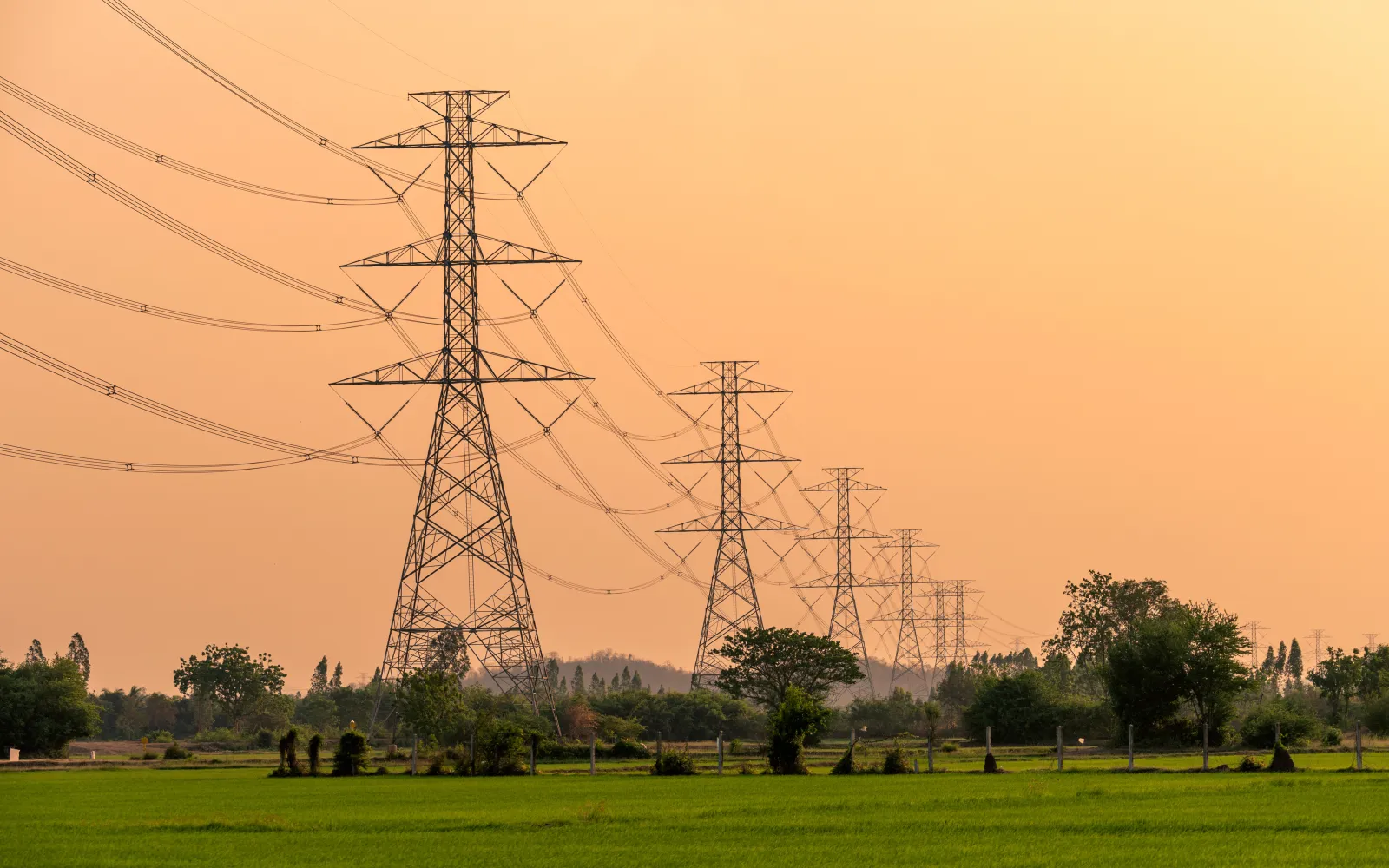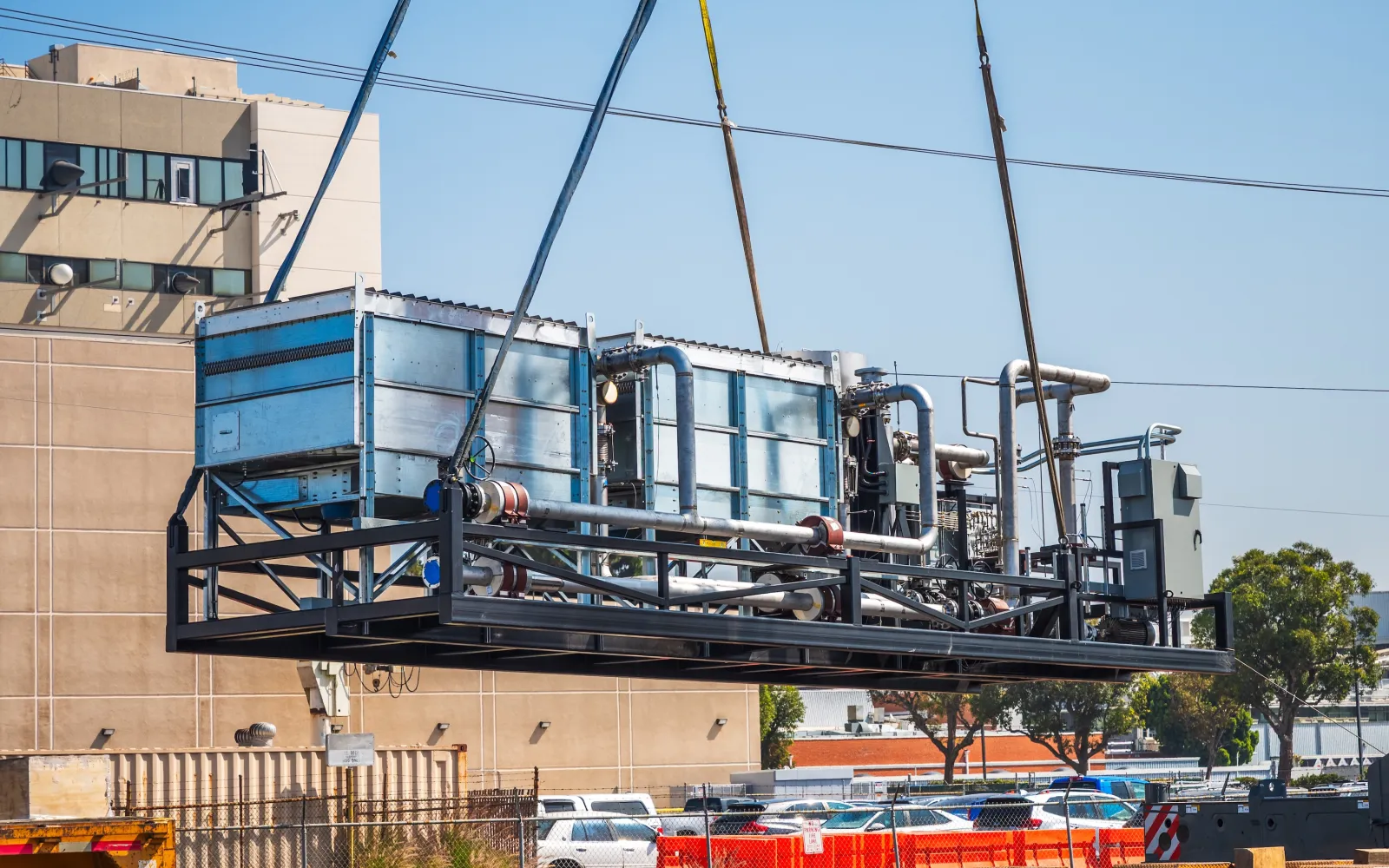

Reach
Untethering the powering of electrical devices
The DCVC Deep Tech Opportunities Report (which debuted this year) summarizes our thinking about the deep tech investment areas we consider the most exciting, important, and consequential. It’s also a guide to the inspiring work innovators inside and outside the firm’s portfolio are doing to extend human capabilities, save the environment, and make everyone’s lives longer, healthier, and easier.
Three of this report’s opportunities bore on climate tech. This is one of them.
We’re just at the beginning of the transformation to an economy built on renewable electricity. The revolution will require a combination of public-policy incentives, private investment, and technical innovation, especially for the infrastructure to deliver electricity on demand to every machine that will need it. DCVC’s portfolio in this area is still small, but our investing professionals are on the hunt for companies with demonstrated success and a path to scale.
One such company is DCVC-backed Reach, which is making it easier to shift work to electrical devices by untethering them from the grid. Reach’s AI-based power-at-a-distance technology can steer radio-frequency electromagnetic energy through the air to a mesh of devices in factories, warehouses, and stores. (It’s like Wi-Fi, but at higher power levels, with safety protocols that protect living things by disabling or rerouting the power before anything enters the beam.) Reach’s system can already power small devices such as displays, video cameras, industrial sensors, and inventory trackers, and as the technology matures it will power robots, autonomous guided vehicles (AGVs), drones, and entire buildings.
“If you look out your window at those power lines, you’re receiving your electricity pretty much the same you have since Thomas Edison and George Westinghouse were slugging it out in 1910,” says Alan Cohen, a DCVC general partner and Reach board member. Wireless power-at-a-distance gets electricity to places where it’s not efficient, or not possible, to wire things up physically or to repeatedly recharge their batteries, Cohen says. “DCVC very frequently uses deep tech to go after real-world industrial problems and opportunities, and the ability to transmit power to this vast array of targets is an absolutely classic case. Reach’s opportunity is to become the leader of the wireless microgrid.”
To win large-scale adoption, new electrification technologies will need to be user-friendly, complementing rather than clashing with existing infrastructure. Reach does exactly that. “Systems can become really complicated and hard to use,” says DCVC partner Rachel Slaybaugh. “We need solutions that can actually be adopted in practice. Not that many people are thinking this all the way through yet.”
Read and/or download the Deep Tech Opportunities Report here.




